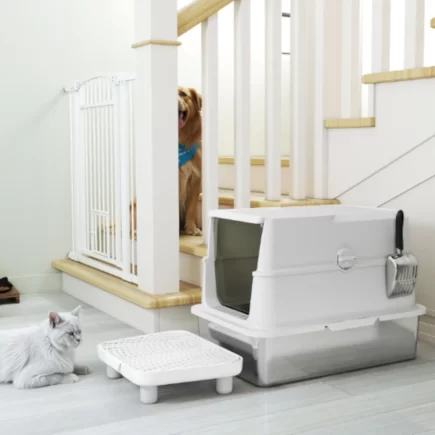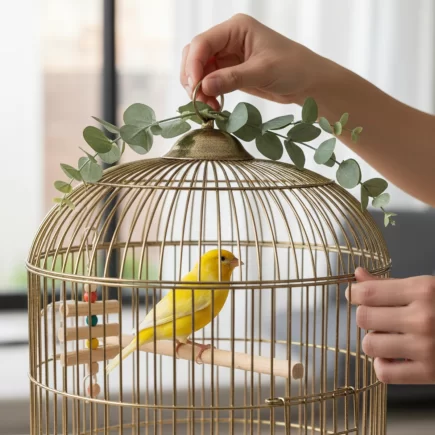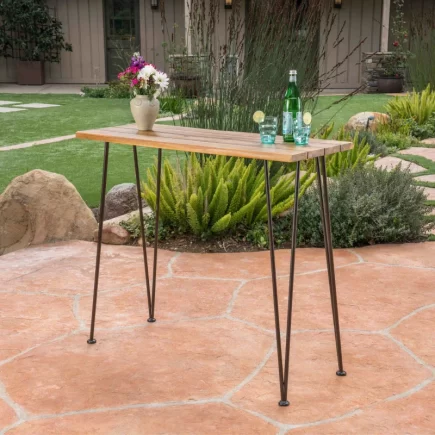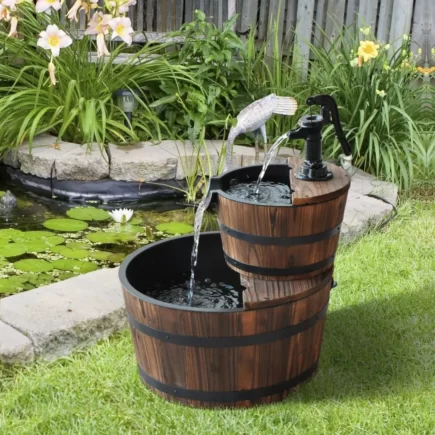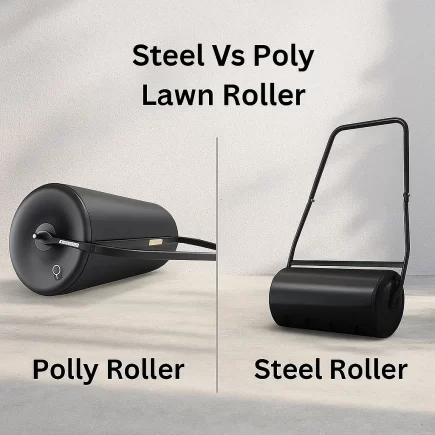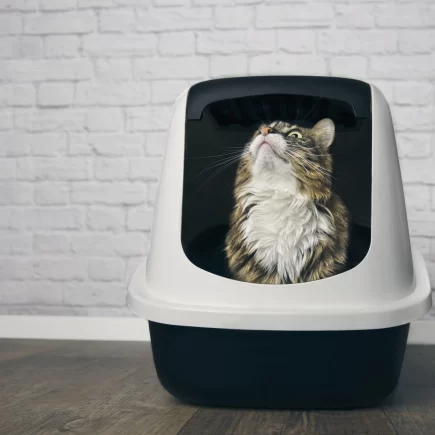A clean litter box isn’t just a chore, it’s a foundation of your cat’s wellbeing. A well-maintained clean litter box is essential for your cat’s health, comfort, and overall wellbeing. When maintained properly, it prevents odors, supports healthy bathroom habits, and keeps your home feeling fresher.

Whether you’re caring for one cat or several, this guide covers every important step from daily scooping to deep cleaning, odor control, and choosing the right litter. You’ll also find expert tips, helpful tables, and practical advice for different home setups and litter types.
Supplies You Need Before Cleaning

Before you start, gather everything you need so cleaning becomes quick, easy, and consistent.
Basic Tools
| Supply | Purpose |
| Litter scoop | Removing solid waste and clumps |
| Gloves | Hygiene and protection |
| Trash bags | Waste disposal |
| Paper towels or microfiber cloths | Wiping surfaces |
Quick Litter Box Cleaning Routine (Step-by-Step DIY Guide)
A simple daily routine keeps odours low, maintains hygiene, and encourages consistent litter box use. Follow these clear steps to keep every type of litter working effectively.
Step 1: Scoop Clumping Litter

Clumping litter forms solid clumps when wet, making it easy to maintain.
What to Do:
- Scoop urine clumps every day to prevent odour and buildup.
- Remove all solid waste as soon as you see it.
- Gently scrape the bottom if clumps stick or break apart.
Real Tip: Use a deep, metal scoop that removes clumps faster and won’t bend under heavy litter.
Step 2: Scoop Non-Clumping, Crystal, or Pellet Litter

These litter types behave differently and need a slightly adjusted routine.
What to Do:
- Remove all solid waste daily.
- Stir or fluff the litter so unused crystals or pellets work evenly.
- Remove saturated or urine-soaked areas if the litter shows clear signs of soaking.
Real Tip: Crystal litter changes colour when saturated, this tells you exactly when to remove sections.
Step 3: Handle Clumps, Pellets, and Crystals Properly
Different litter types require different scooping techniques.Use this quick reference:
| Litter Type | How to Handle |
| Clumping clay | Scoop clumps daily |
| Crystal litter | Scoop solids and mix crystals |
| Wood pellets | Remove sawdust and saturated pellets |
| Tofu/plant-based | Scoop clumps similar to clay |
Real Tip: For wood pellets, use a slotted scoop, it separates sawdust naturally.
Step 4: Add More Litter If Needed

Maintaining the right depth helps your cat dig comfortably and prevents them from hitting the bottom of the box.
What to Do:
- Keep 2–3 inches of litter in the box at all times.
- High-digging cats may prefer 4 inches for comfort.
- Add more litter whenever levels drop below 2 inches.
- Top up immediately if your cat begins digging down to the plastic base.
Real Tip: Add small amounts often instead of large refills, this keeps odours lower.
Step 5: Dispose of Waste Correctly
Proper disposal prevents smells from spreading in your home.
What to Do:
- Place all clumps and solids in a small waste bag.
- Tie the bag tightly to seal odours.
- Dispose of it in outdoor trash whenever possible.
Real Tip: Keep a small bin with a closing lid next to the box to make daily cleaning faster.
Step 6: Do a Quick Daily Wipe-Down

A 30-second clean prevents grime from building up along the edges.
What to Do:
- Wipe the box rims and edges with a damp cloth.
- Remove any stuck litter along the inner walls.
- Vacuum or sweep around the box to pick up loose granules.
Real Tip: Use pet-safe wipes, they save time and won’t leave strong scents that put cats off.
How to Deep Clean a Cat Litter Box
Step 1: Empty the Litter
Removing old litter helps you start with a clean base.
What to Do:
- Dump all litter into a sturdy trash bag.
- Lightly tap or scrape the bottom to remove stuck residue.
Real Tip: If the litter is extremely stuck, soak the bottom in slightly warm water for 5 minutes, it releases easily.
Step 2: Scrub the Box

A proper scrub removes bacteria, hidden odours, and urine film.
What to Do:
- Use slightly warm water and unscented dish soap or pet-safe cleaner.
- Scrub with a dedicated brush or sponge used only for litter cleaning.
- Avoid harsh cleaners, leftover residue can cause litter box avoidance.
Real Tip: Look closely at corners and grooves; they trap the most smell.
Step 3: Rinse Thoroughly
Soap smell is one of the biggest reasons cats refuse a box.
What to Do:
- Rinse the box with slightly warm water to remove all soap.
- Check by smelling the surface, it should smell neutral, not scented.
Real Tip: If you can still smell soap, rinse again, cats’ noses are far more sensitive.
Step 4: Dry Completely

Moisture trapped under fresh litter causes clumping, mould, and odour.
What to Do:
- Air-dry the box fully before refilling.
- Sun-dry if possible, sunlight naturally sanitises.
Real Tip: Never add new litter to a damp box; it creates instant sludge at the bottom.
Step 5: Reset and Refill
Now you’re ready to set up a fresh, clean box.
What to Do:
- Add 3–4 inches of fresh litter.
- If desired, mix in a small pinch of baking soda for natural odour control.
Real Tip: Don’t overuse baking soda, too much can dry out a cat’s paws.
How to Reduce Litter Odor Inside the Home
Managing odor is one of the top reasons people search for litter box cleaning tips.
Prevent Odor with a Schedule
| Cleaning Task | Frequency |
| Scooping | Daily |
| Deep clean | Every 3–4 weeks |
| Full litter replacement | With each deep clean |
| Mat cleaning | Weekly |
| Lid/hood cleaning | Weekly |
Ventilation and Placement Tips
- Place the box in an open, airy space.
- Avoid cramped laundry rooms or closets.
- Keep the box away from heating vents (heat intensifies odor).
Cat-Safe Cleaners and What to Avoid
| Safe Cleaners | Avoid These Products |
| Unscented dish soap | Bleach |
| Enzyme cleaners (pet-safe) | Ammonia-based products |
| Diluted vinegar (50/50 mix) | Scented disinfectants |
Natural Cleaning Options
Many households prefer natural cleaning solutions:
- Baking soda for odor control
- White vinegar for dissolving urine residue
- Hot water for disinfecting without chemicals
If you’re upgrading your setup, choosing a high-quality Cat Litter Box can improve odor control, reduce residue buildup, and make ongoing cleaning much easier.
Creating a clean, comfortable litter box environment comes down to steady habits and small choices that support your cat’s routine. When you stay mindful of hygiene, odour balance, and overall comfort, the space naturally becomes one your cat trusts and returns to. With a setup that’s easy to maintain and suited to your home, you’ll enjoy a fresher atmosphere and a more content, confident cat every day.
FAQs
1. How can I prevent litter from spilling outside the box?
Litter often spills when cats dig too enthusiastically. To reduce this, try using a higher-sided box or a box with a lid. Placing a mat underneath the box also helps catch any stray granules, making cleanup easier and keeping your floors cleaner.
2. My cat is using the litter box less frequently. What could be the issue?
If your cat is avoiding the litter box, it may be due to an unpleasant smell, dirty litter, or a health issue. Ensure the box is scooped daily and thoroughly cleaned every few weeks. If the issue persists, consult a veterinarian to rule out any underlying health concerns.
3. How do I manage multiple cats using the same litter box?
If you have several cats, consider adding an additional box for each cat, plus one extra. This helps prevent territorial disputes and ensures each cat has easy access to a clean box. You may also need to scoop more frequently to manage higher waste volume.
4. Can I use a scented cleaner for the litter box?
It’s best to avoid scented cleaners, as many cats are sensitive to strong fragrances, which can cause them to avoid the box. Stick to unscented, pet-safe cleaners or natural alternatives like diluted vinegar or baking soda to keep odors in check without upsetting your cat.



